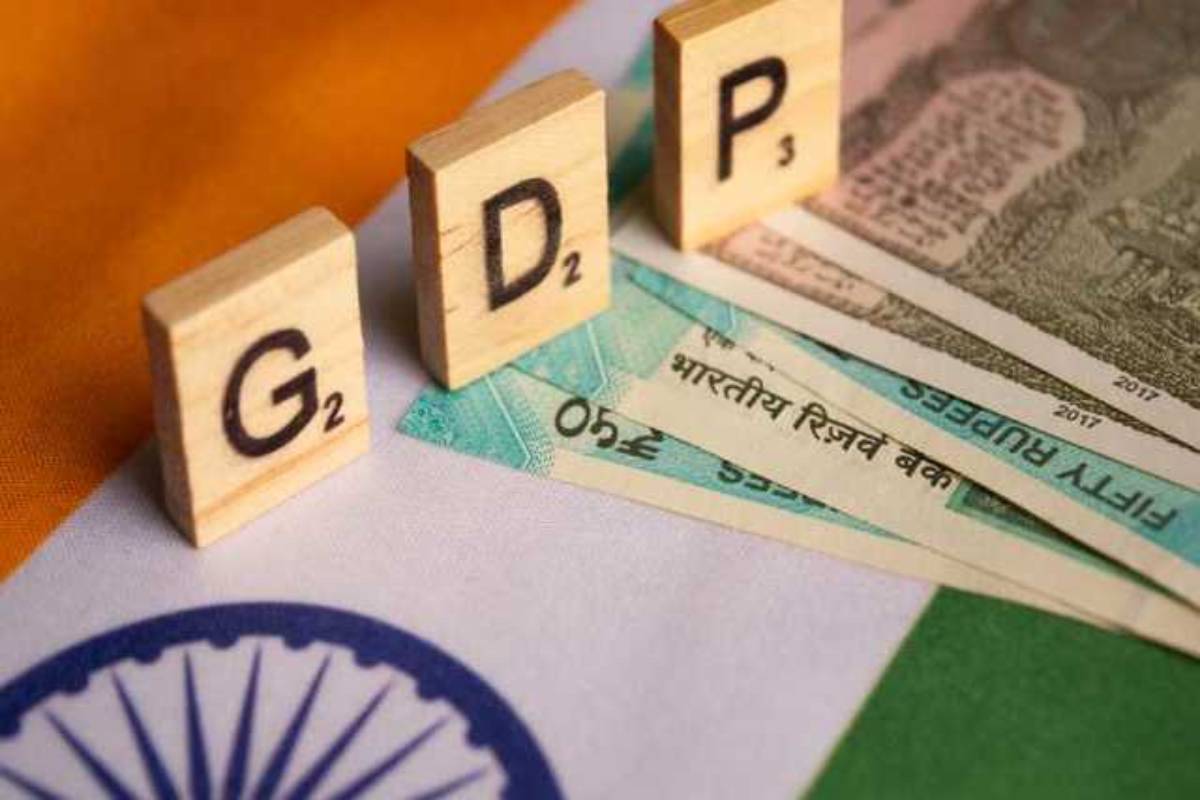Rural Distress
In the heart of India’s hinterlands, a quiet crisis is unfolding, one that speaks volumes about the economic challenges gripping rural communities across the nation.
In the intricate tapestry of global trade, India’s economic sails experienced a significant shift in November, as the merchandise trade deficit tightened to $20.58 billion.

Representation image (File photo)
In the intricate tapestry of global trade, India’s economic sails experienced a significant shift in November, as the merchandise trade deficit tightened to $20.58 billion. This marked deviation from the previous month’s record levels can be attributed to a nuanced bridging between imports and exports, revealing a tale of strategic moderation and economic resilience. At the heart of this narrative is the dynamic nature of India’s imports.
The substantial reduction in gold imports, nearly halving to $3.45 billion, serves as a noteworthy contributor. Often viewed as an economic barometer, gold imports reflect consumer sentiment and purchasing power. The dip in November suggests a conscious consumer restraint, possibly influenced by economic uncertainties or prudent financial planning.
This signals a commendable ability of the populace to adapt and make informed choices in response to prevailing economic conditions. Simultaneously, the decline in petroleum product imports by 22 per cent to nearly $13.71 billion demonstrates a nuanced understanding of global energy dynamics. As the world grapples with energy transition discussions and fluctuating oil prices, India’s strategic moderation in petroleum imports reflects a balanced approach. This not only shields the economy from volatile energy markets but also aligns with broader sustainability goals, contributing to a more resilient and adaptable energy landscape.
Advertisement
Electronic goods, a cornerstone of modern life, witnessed a near 17 per cent decline in imports, settling at $6.49 billion. This decline reflects not only the economic prudence exercised by consumers but also a potential shift in domestic production dynamics. As the ‘Make in India’ initiative gains traction, a decline in electronic goods imports could signify a positive stride towards self-sufficiency and a burgeoning indigenous manufacturing ecosystem.
Against this backdrop, the November trade figures underscore the Indian economy’s ability to recalibrate swiftly. The sharp contraction in the merchandise trade deficit not only defied economists’ expectations but also showcased the intrinsic strength of the country’s economic fundamentals. It highlights a delicate equilibrium, where the government’s policy measures, consumer behaviour, and global market dynamics coalesce to shape the nation’s trade trajectory. Crucially, the October surge in the trade deficit, fuelled by festive demand during Diwali, was not an unexpected anomaly but rather a seasonal occurrence. Diwali, the festival of lights, traditionally triggers heightened consumer spending. Acknowledging this as a transient spike enables a more nuanced interpretation of the trade data, steering clear of unnecessary alarm.
Looking beyond the merchandise trade realm, the services sector paints a picture of stability. With services exports at $28.68 billion and imports at $13.4 billion in November, the sector maintained a relatively steady course. This underlines the diversified nature of India’s economic prowess, with both goods and services contributing to the nation’s global footprint. As the world continues to grapple with economic uncertainties, India’s ability to recalibrate economic imperatives positions it as a steady player in the global trade arena, ready to weather the storms and harness the winds of opportunity
Advertisement